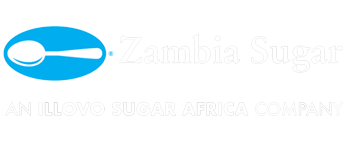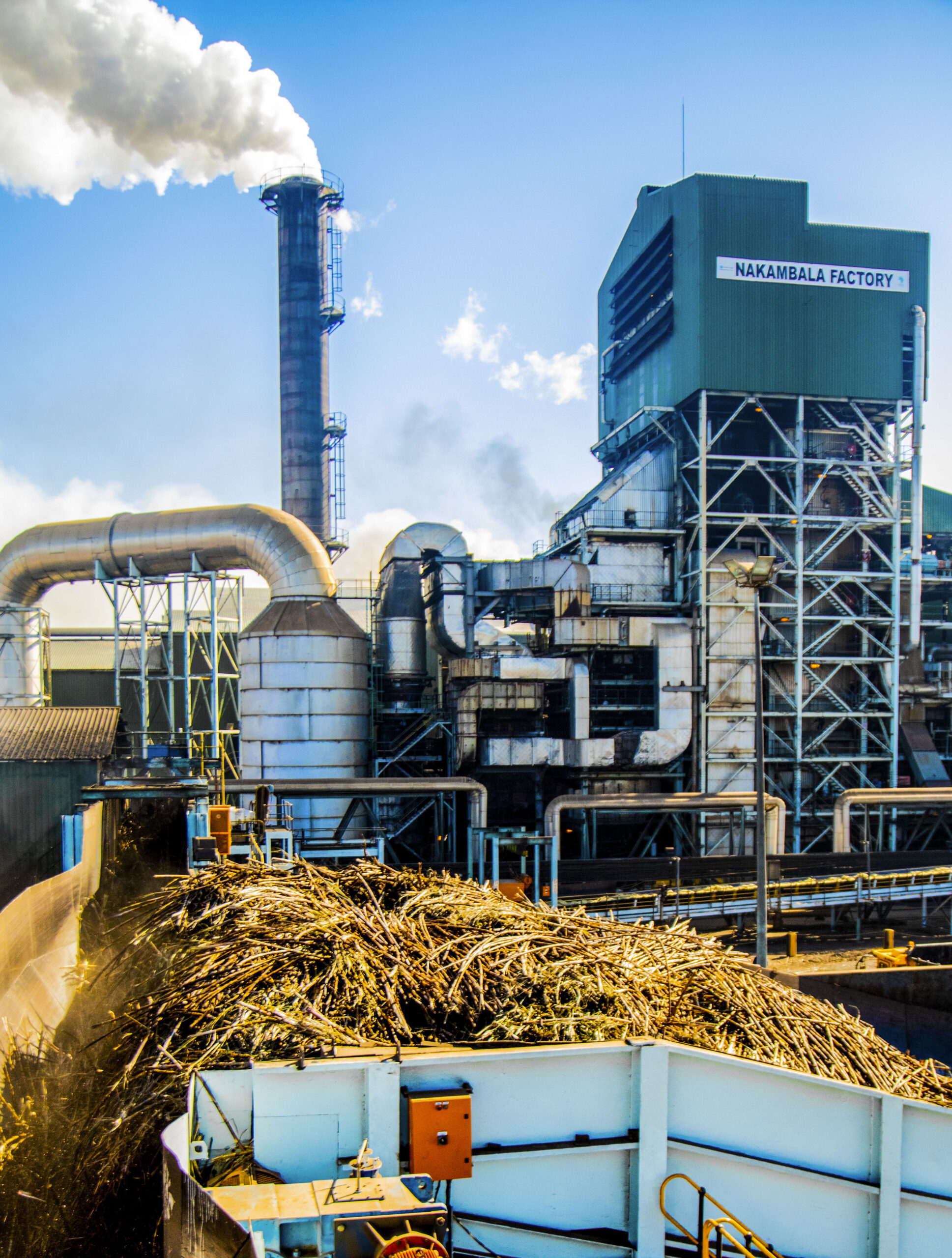NAKAMBALA FACTORY

Zambia Sugar owns a sugar cane plantation and sugar mill at Nakambala in Mazabuka, situated about 3 hours’ drive, south of the capital, Lusaka. The Nakambala Factory is the heart of our sugar production underpinned by a focus on safety. Our products include raw and refined sugar, and molasses. We are dedicated to ensuring the highest quality products while ensuring that all our agricultural and sugar production activities are best in class and friendly to the environment.
We work closely with local communities to promote economic empowerment and social development, and we believe that by working together, we can build a strong and sustainable business that creates value for all of our stakeholders.
QUICK
LINKS

Nurturing Nature’s Bounty: Zambia Sugar’s Cultivation of Quality Crops, Rooted in Sustainable Agriculture.
INTERVIEW WITH OUR PRODUCTION MANAGER
SUGAR CANE PROCESSING

Our sugar cane processing begins in the agricultural field. With great care and balance of several parameters including sucrose content the sugar cane is transported to factory. The sugar cane is then crushed to extract the juice, which is then processed to remove impurities and produce high-quality sugar and sugar co-products. (Include a link to the detailed sugar production process)
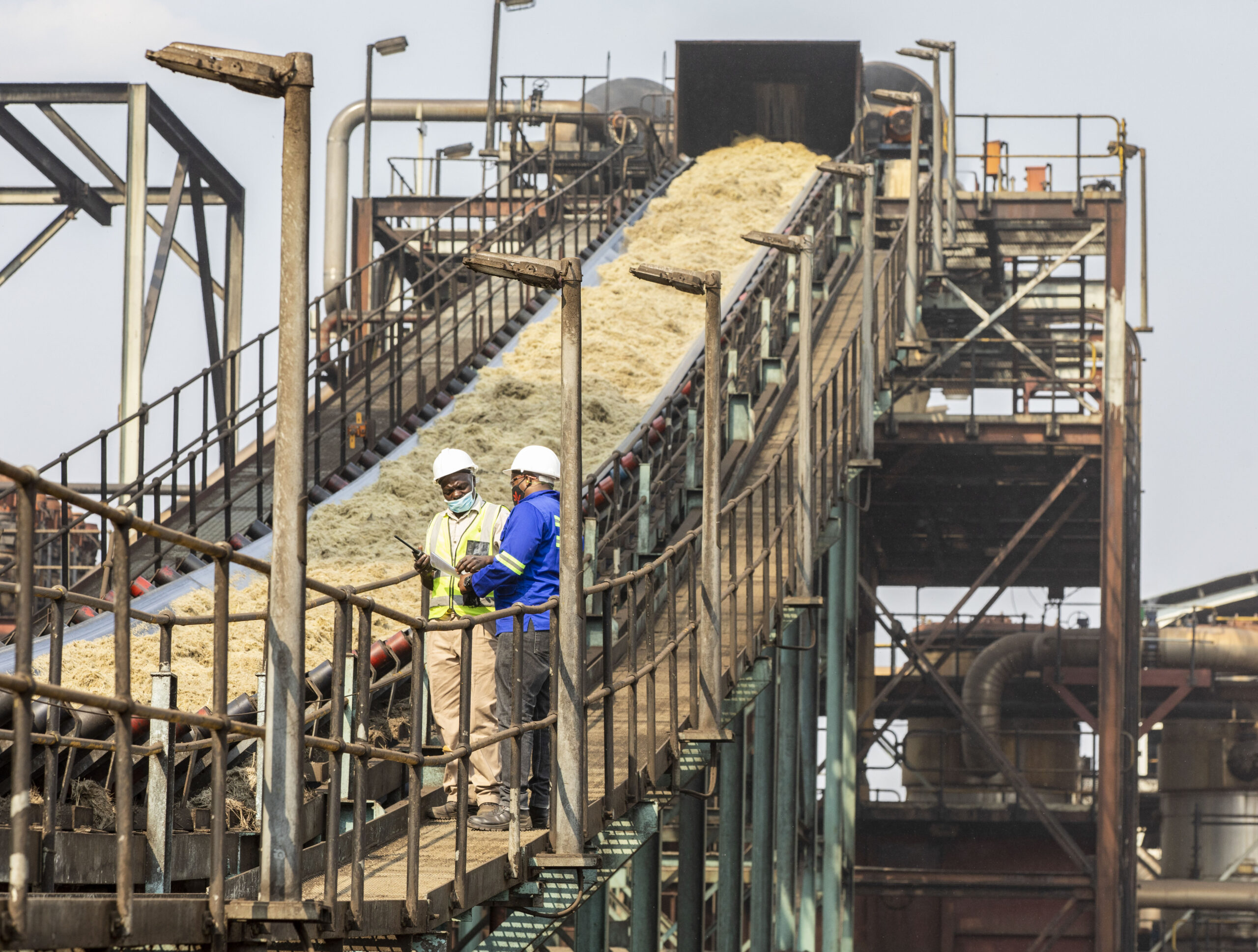
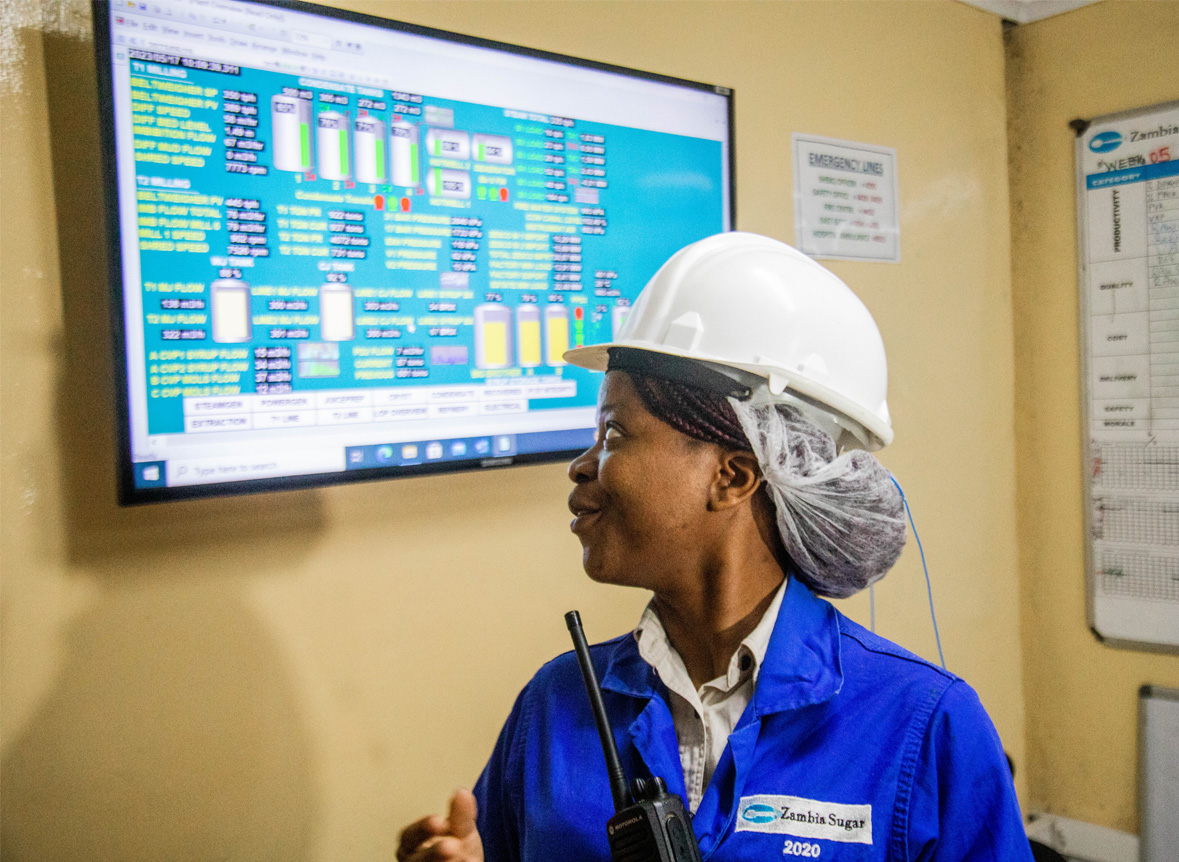
SUSTAINABLE OPERATIONS

The sugar industry has a specified measurement of downtime or production lost. It is called Loss Time
Available (LTA) and is expressed as a percentage. LTA measures the lost time or plant unavailability for production due largely to two internal factors, equipment failures or breakdown, and operational impact due to operational errors.
An assessment of LTA excludes all planned maintenance downtime such as the stop days or any stoppages due to external factors such as bad weather, non-availability of sugar cane, etc. Major
contributor to LTA is plant failures. LTA is a measure of how successful the assets of a sugar mill are managed. The lower the LTA the better the mill is being operated.
IMPROVING OVERALL RECOVERY

The Company has a strategic objective to sustainably reduce LTA from 12% to 5% by 2027. Zambia Sugar’s milling complex maximises the use of all input materials with very few waste products. In good conditions, sugar cane contains between 13% and 15% sucrose, which is used in sugar mills to produce household,
brown and refined sugar.
The Company has introduced a series of initiatives to support this improvement. Some of the initiatives are plant reliability initiatives to minimise prolonged downtime, leaks and overflow elimination.
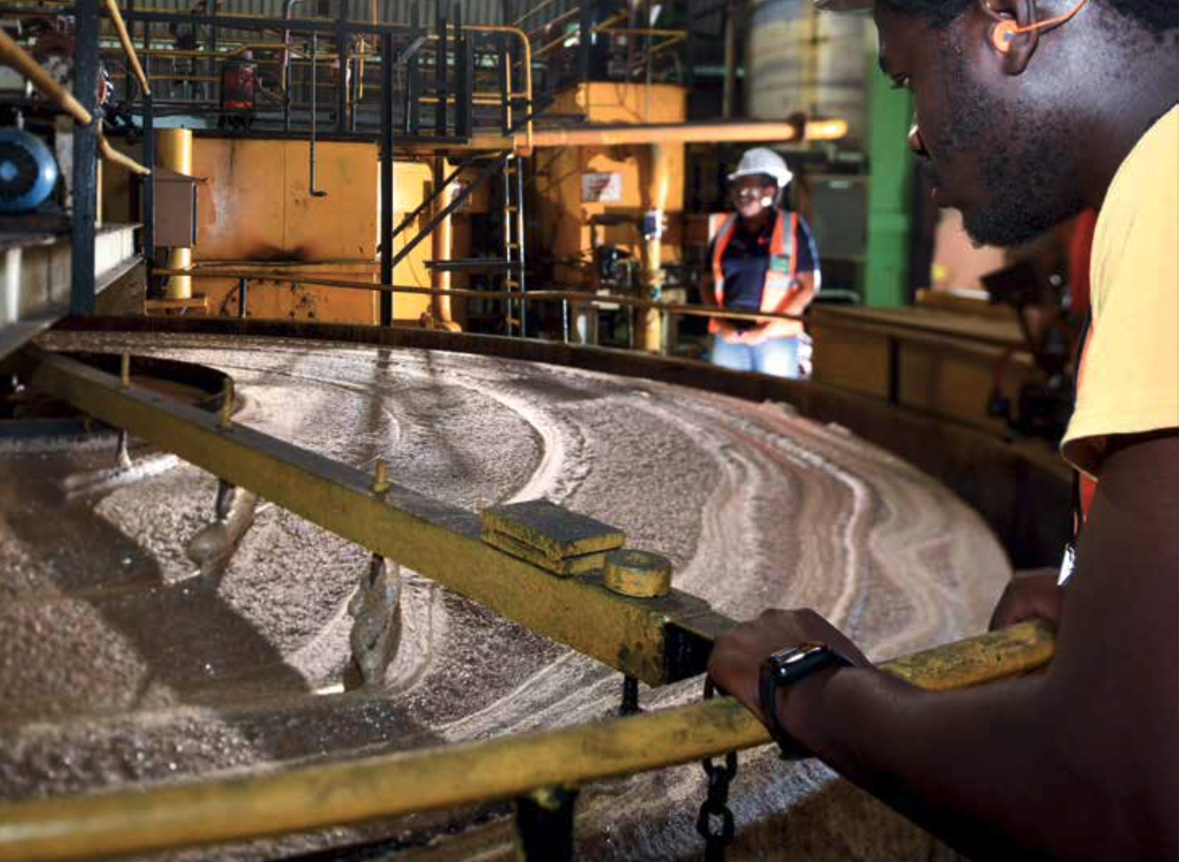
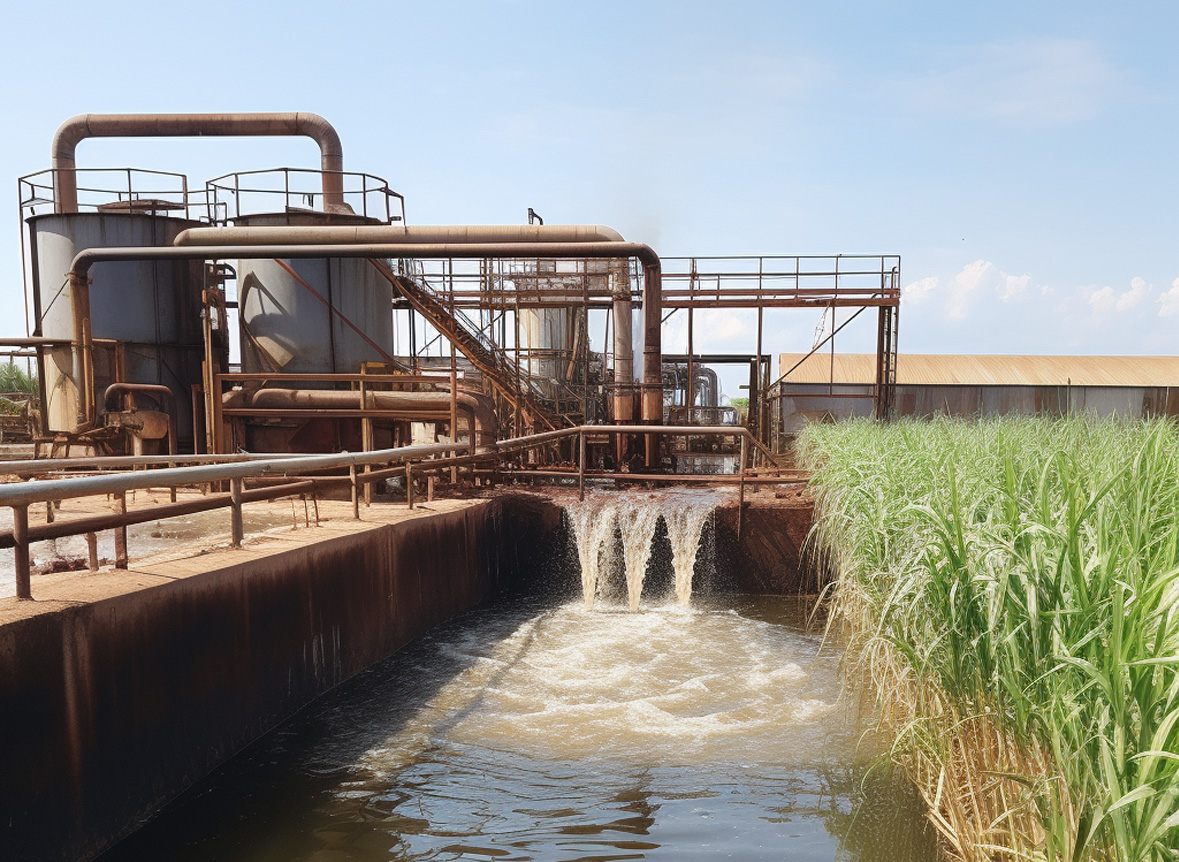
WATER: A KEY RESOURCE

Water plays a vital role in sugar cane, constituting between 68% and 72% of its total content. During the extraction process, the water is released and recycled within our factory, significantly reducing our reliance on external water resources. In line with our commitment to sustainability, organic and non-organic impurities captured during the manufacturing process, known as “filtercake,” are returned to the cane fields as a fertilizer.
MAXIMIZING RESOURCES

Zambia Sugar’s milling complex operates with a focus on maximizing the use of all input materials while minimizing waste products. The water that is extracted from the cane is used in the plant’s operational requirements with the excess returned to the agricultural fields for irrigation.
The fibrous residue left after sugar extraction, known as cane fibre or bagasse, serves as a valuable bio-renewable fuel source in our factory boilers.
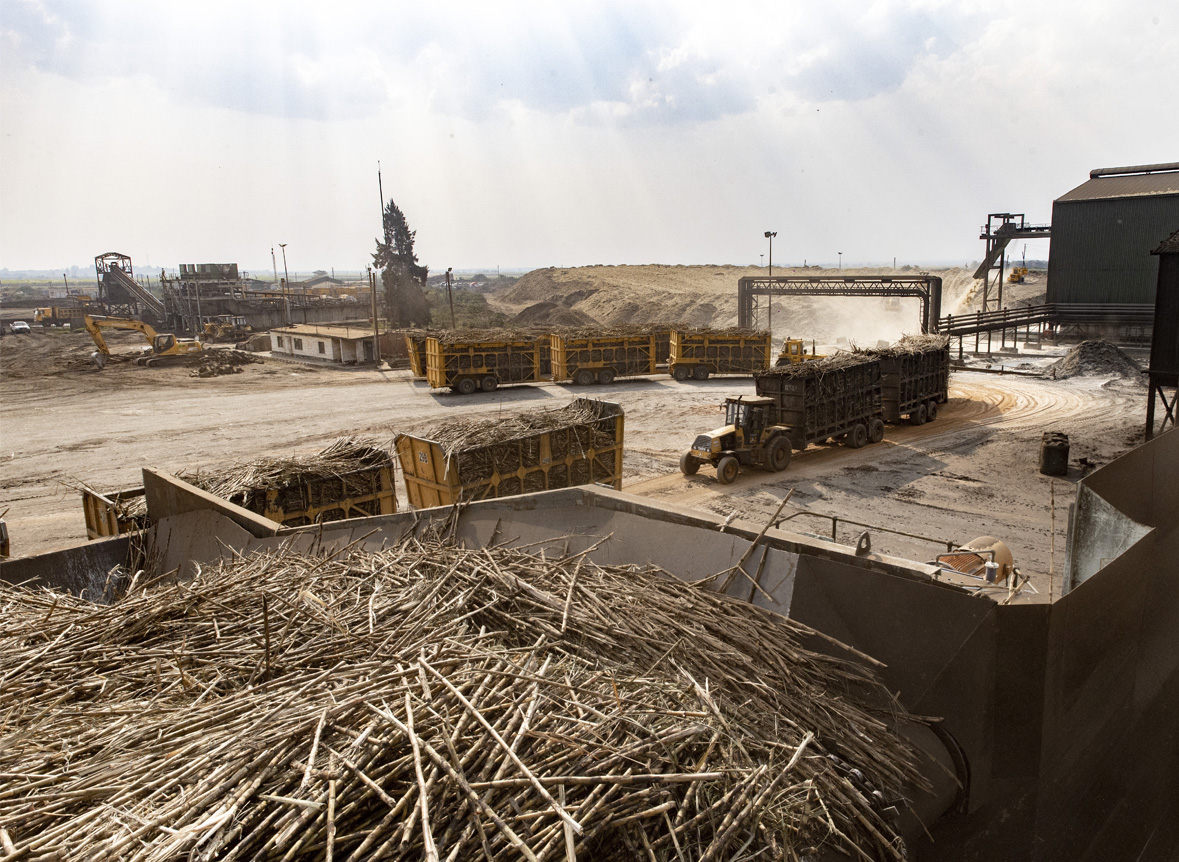
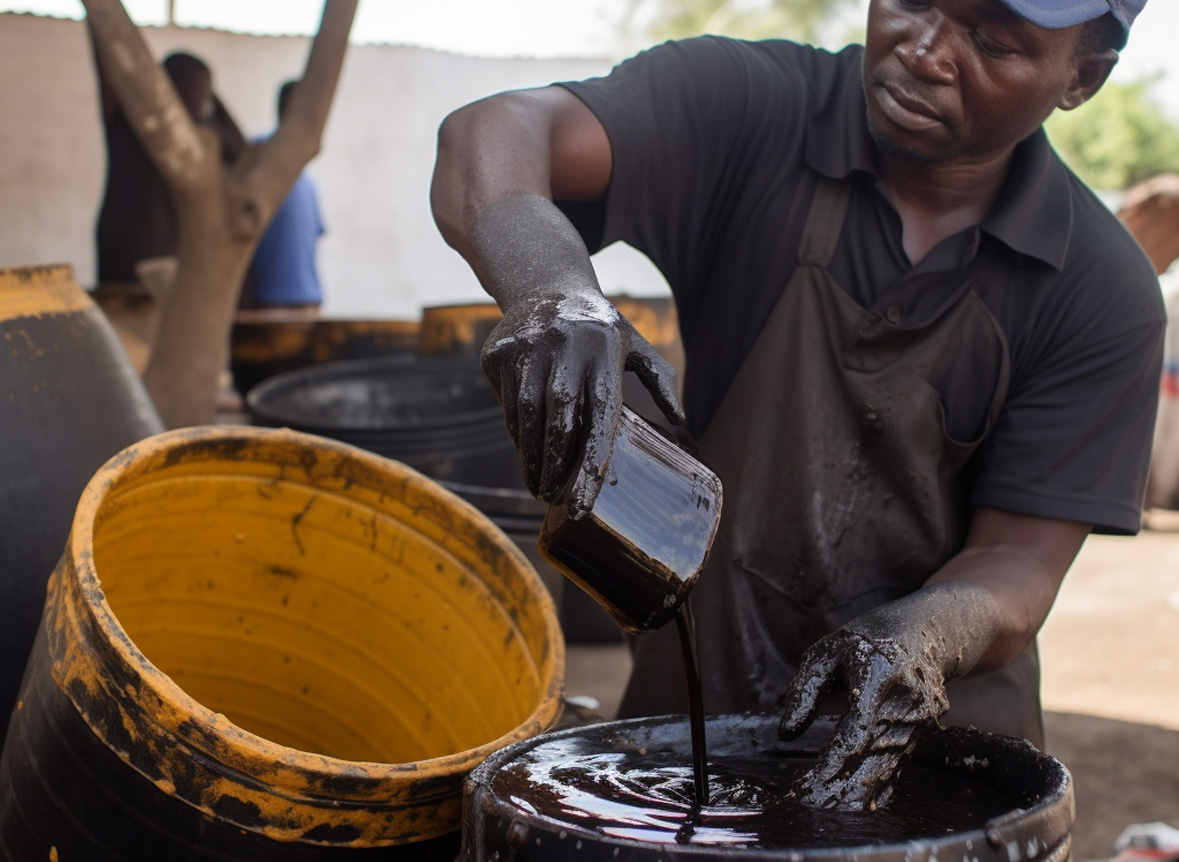
OUR BY-PRODUCT: MOLASSES

our by-product, molasses, finds multiple uses. We sell molasses to farmers as an animal feed supplement and utilize it as a key ingredient in the production of yeast, ethanol, and sanitizer. In addition, molasses serves as a dust suppressant on gravel or dirt roads, while also acting as a rich source of potassium (K) that can be applied directly to our sugar cane fields as a fertilizer.
